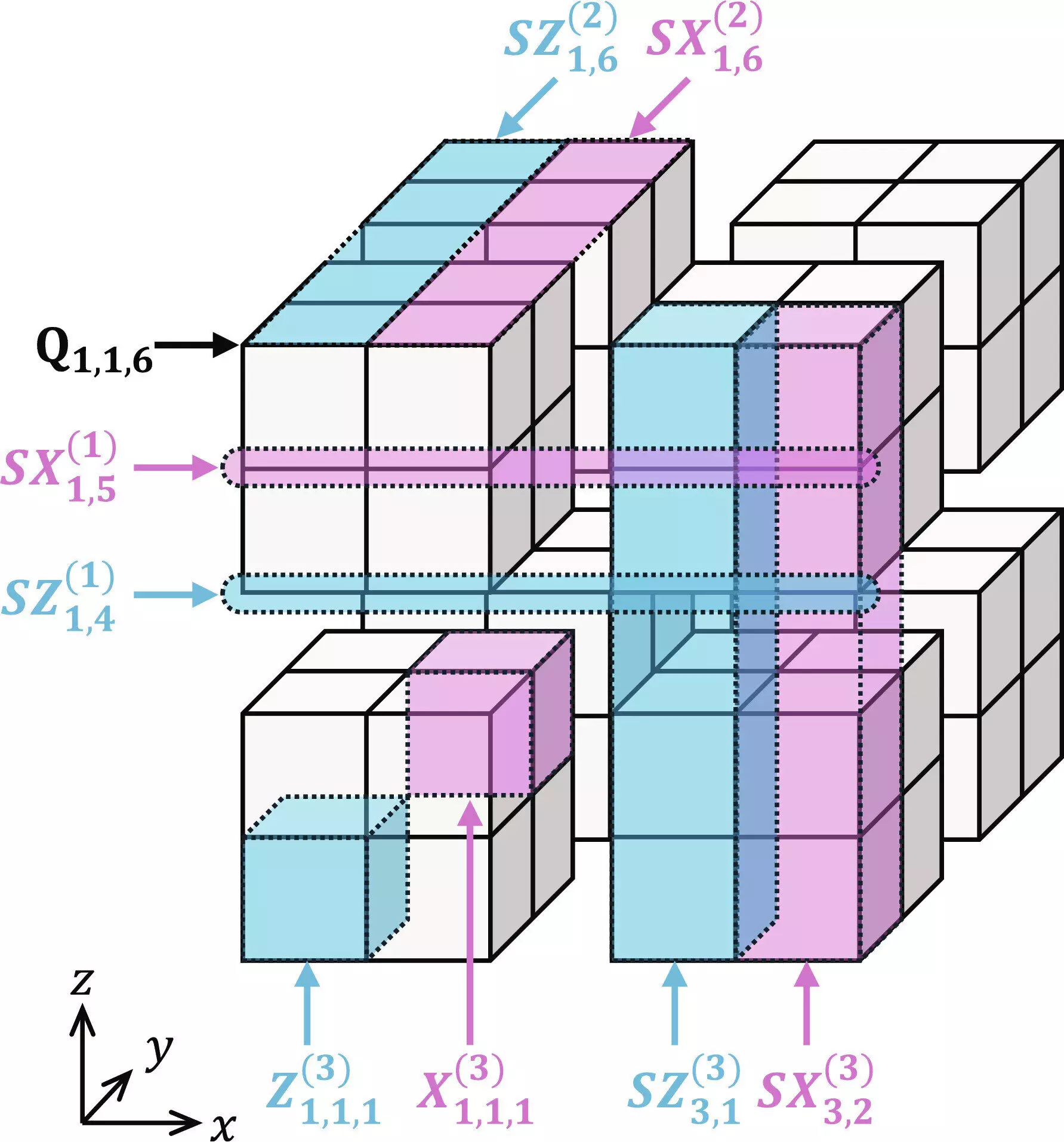Quantum error correction has been a topic of discussion and research for several decades, with the aim of achieving fault-tolerant quantum computing. Traditional approaches involve encoding a single logical qubit onto multiple entangled physical qubits, leading to scalability challenges due to resource overheads. However, recent advancements have paved the way for more efficient error correction techniques.
A new approach proposed by Hayato Goto, known as “many-hypercube codes,” introduces a novel method of error correction with a unique geometric structure. Unlike conventional methods, this approach allows for logical gates to be set up in parallel rather than sequentially, resembling the concept of parallel processing in classical computing.
One of the key innovations of many-hypercube codes is the mathematical visualization of logical qubits forming a hypercube structure. This intricate geometric design sets it apart from existing high-rate quantum codes, offering a more elegant and efficient error correction mechanism.
To complement the many-hypercube codes, Goto devised a dedicated decoder based on level-by-level minimum distance decoding. This innovative technique enhances the system’s performance by allowing logical gates to operate in parallel, akin to the principles of parallel processing in classical computers.
The implementation of many-hypercube codes has demonstrated an impressive encoding rate of up to 30%, which Goto claims to be the world’s highest among codes used for fault-tolerant quantum computing. Despite the high rate, the performance remains comparable to conventional low-rate codes, showcasing the efficacy of this approach.
The emergence of many-hypercube codes represents a significant advancement in the field of quantum error correction. By combining elegant geometry with innovative decoder techniques, this approach offers a promising path towards achieving fault-tolerant quantum computing. The efficient parallel processing capabilities of many-hypercube codes underscore their potential to revolutionize the landscape of quantum computing in the future.


Leave a Reply